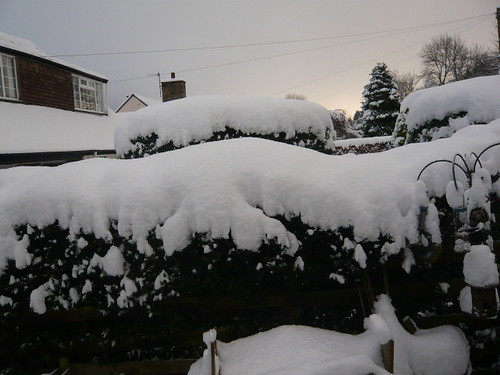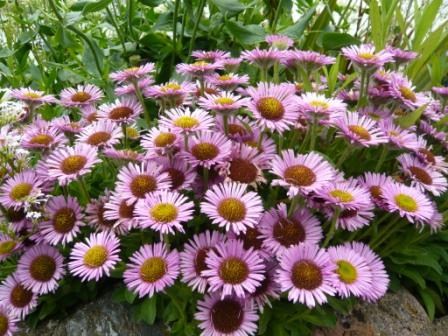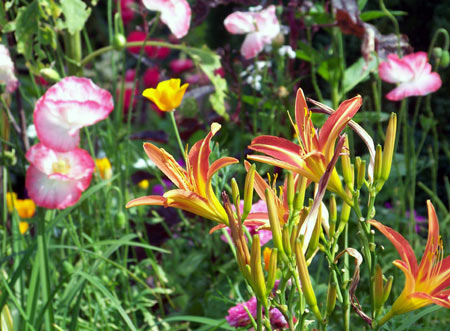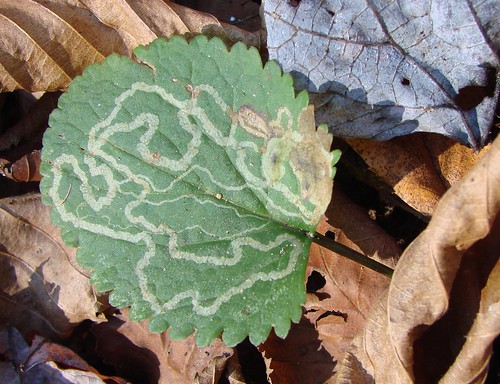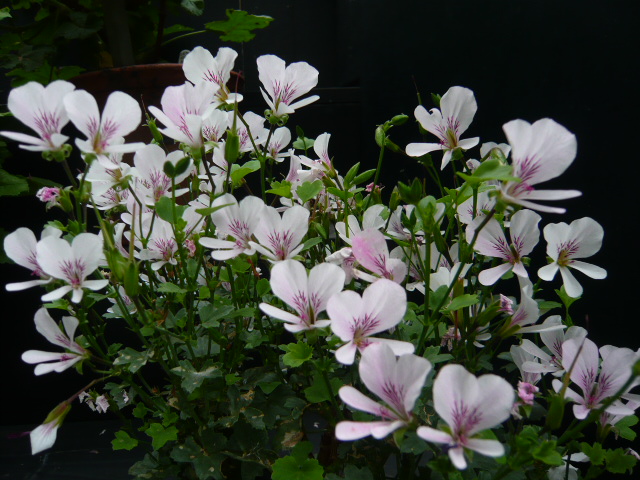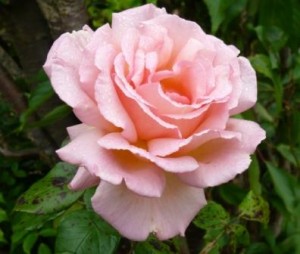January Fruit and Vegetable Tips
With snow lying deeply and icicles hanging from many roofs it is strange to be thinking of 2017.
January Tasks for Fruit and Vegetables
- Check stored apples and vegetable clamps.
- Chit early potatoes, for planting in April, by placing in trays rose end up towards the light.
- Several vegetables can be cropped when the ground is unfrozen including, Leeks, Sprouts, Parsnips, Winter Cabbage, Turnips, Salsify and Sprouting Broccoli.
- If those vegetables appeal to you buy some seed now for spring planting.
- Sow Leeks and Chervil in the greenhouse.
- Start winter digging. Tidy up under fruit trees and remove mummified fruit.
- Plant new fruit bushes and cane fruit.
- Prune apples and pears and fertilize with a high potash feed or wood ash.
Other Tasks for January around the Garden
-
- Keep permanently planted containers in groups in a sheltered spot.
- Privet and Hawthorne hedges can be hard pruned in mild weather to reduce height or width.
- Clean greenhouse and summerhouse glass to let in more light.
- Avoid over-watering houseplants and do not leave behind curtains to get frosted.
- Spread well rotted horse manure or compost.(not on houseplants!)
- Sow alpines and other seeds that need exposure to frost.
